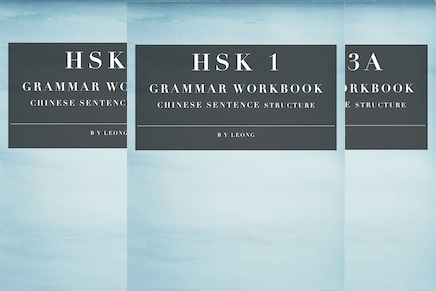When learning Chinese, sentence structure is one of the basic building blocks you need to master. If you’re a beginner, understanding how to put it together a proper Chinese sentence can seem daunting. But don’t worry, it’s not as difficult as it looks.
There are four main components to a Chinese sentence: the subject, the verb, the object, and the adverb. Let’s take a look at each of these in more detail.
The subject is the noun or pronoun that is doing the verb. For example, in the sentence “我喜欢吃苹果” (I like to eat apples), “我” (I) is the subject.
The verb is the action that the subject is doing. In our example sentence, “喜欢” (like) is the verb.
The object is the noun or pronoun that is affected by the verb. For example, in our sentence, “苹果” (apples) is the object.
The adverb is an optional element that can be used to modify the verb. For example, in the sentence “我喜欢吃苹果” (I like to eat apples), “吃” (to eat) is the verb, and “苹果” (apples) is the object. But we could also add an adverb to modify the verb, like this: “我喜欢慢慢地吃苹果” (I like to eat apples slowly).
Now that you know the basic building blocks of a Chinese sentence, you’re well on mastering this complex language.
This Chinese Sentence Structure Workbook is a good resource to help you practice your Chinese Sentence formation. If you have trouble forming proper Chinese sentences, try these books. The sentences are level appropriate, graded according to HSK 1, 2, 3 and so on.
